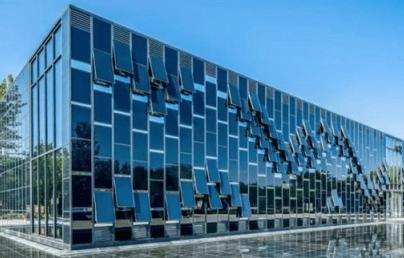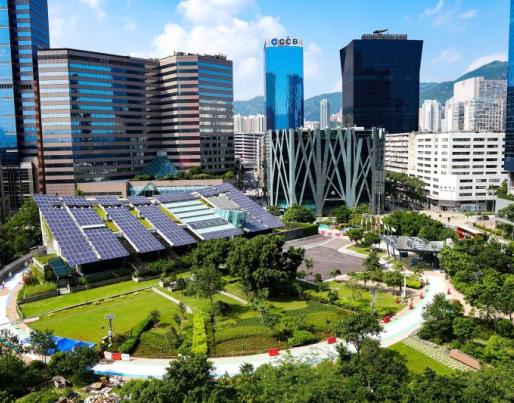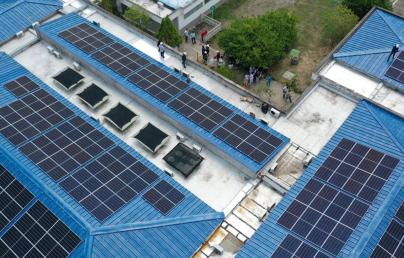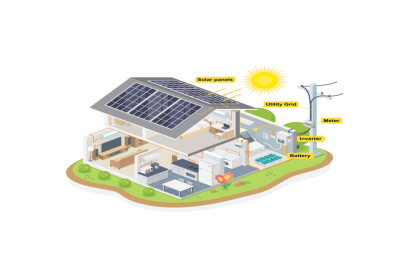
Interview - How to make cities climate neutral

Interview - How to make cities climate neutral
The EU wants to deliver more than 100 climate-neutral cities by 2030. Giulia Ulpiani, Project Officer for the European Commission Joint Research Centre Directorate C - Energy, Transport explains how the EU wants to achieve this difficult mission.
SWZ: The EU has the objective of achieving climate neutrality by 2050. What role do cities play in achieving this goal?
Giulia Ulpiani: It is unquestionable that sub-national players, with cities at the forefront, are uniquely positioned to shift climate balances and to boost the implementation of R&I solutions driving the green and digital transition.
And it is not just about numbers (number of people living in cities, magnitude of the energy flows and greenhouse gas emissions), but it is also about the strategic role cities play in between industry, civil society, educational and research institutions, networks/NGOs in triggering a paradigm shift that is as much vertical (sector-by-sector) as it is horizontal (in governance, in citizen engagement, in social justice).
This is why the European Mission on 100 Climate-Neutral and Smart Cities (hereinafter Cities Mission) takes the European Green Deal to the local level and steps up the ambition by setting a target of climate neutrality by 2030.
What is the current state of affairs: How sustainable are European cities at this moment?
Cities in Europe have very different starting points, contexts, and challenges to deal with. For some of them, the target of climate neutrality by 2030 is a mild acceleration compared to their current targets, but for the vast majority it represents a substantial step forward. However, despite the diversified status quo, cities all over Europe are expressing their ambition to become climate neutral and smart.
What exactly do you mean by “climate-neutral cities”?
Climate neutrality comes with many definitions. Within the Cities Mission, being climate neutral means tackling 3 scopes, 5 sectors, 7 gases through 2 possible pathways. In detail, mandatory greenhouse gas (GHG) emissions to be covered in the cities Mission are: Firstly, direct GHG emissions (Scope 1) within the city boundary from stationary energy (buildings/facilities/equipment), transport, waste / wastewater disposal and treatment, Industrial Processes and Product Use, and Agriculture, Forestry and Other Land Use. Secondly, indirect GHG emissions (Scope 2) within the city boundary due to the consumption of grid-supplied electricity and grid-supplied heat or cold. And finally, out-of-boundary GHG emissions (Scope 3) due to the disposal and treatment of waste / wastewater generated within the city boundary.
Read the full interview here.

